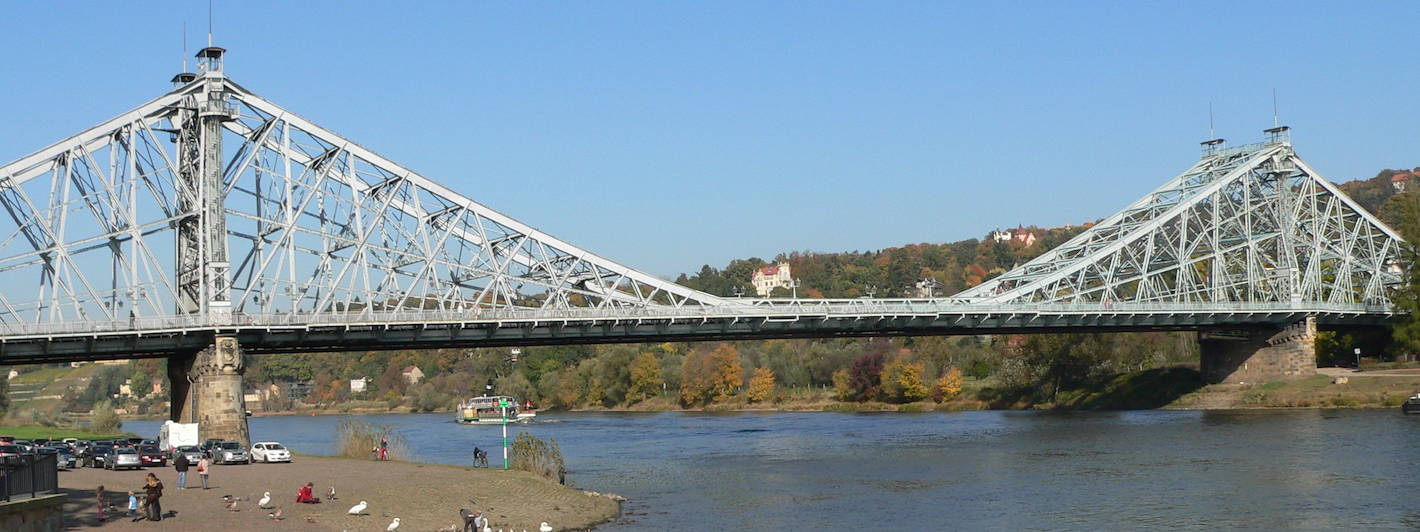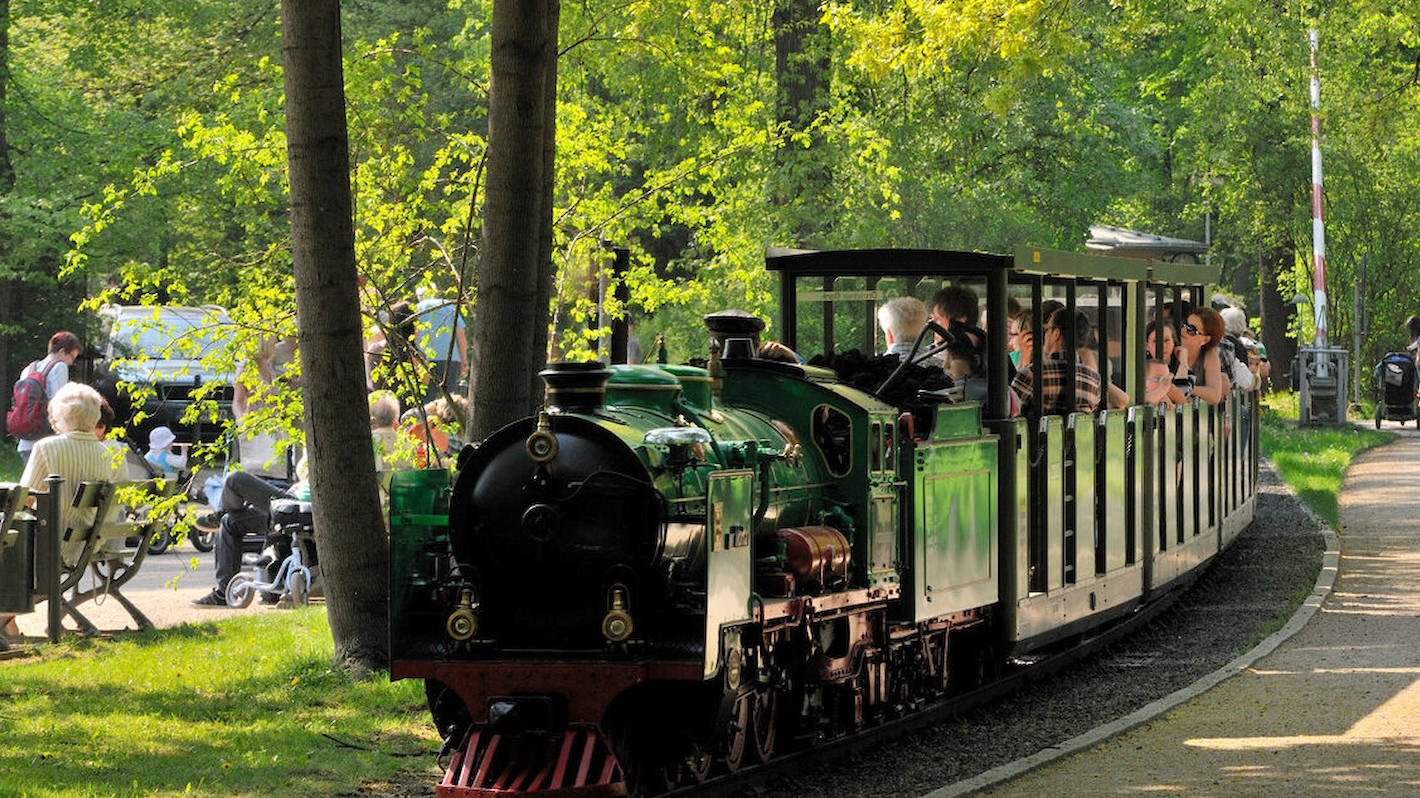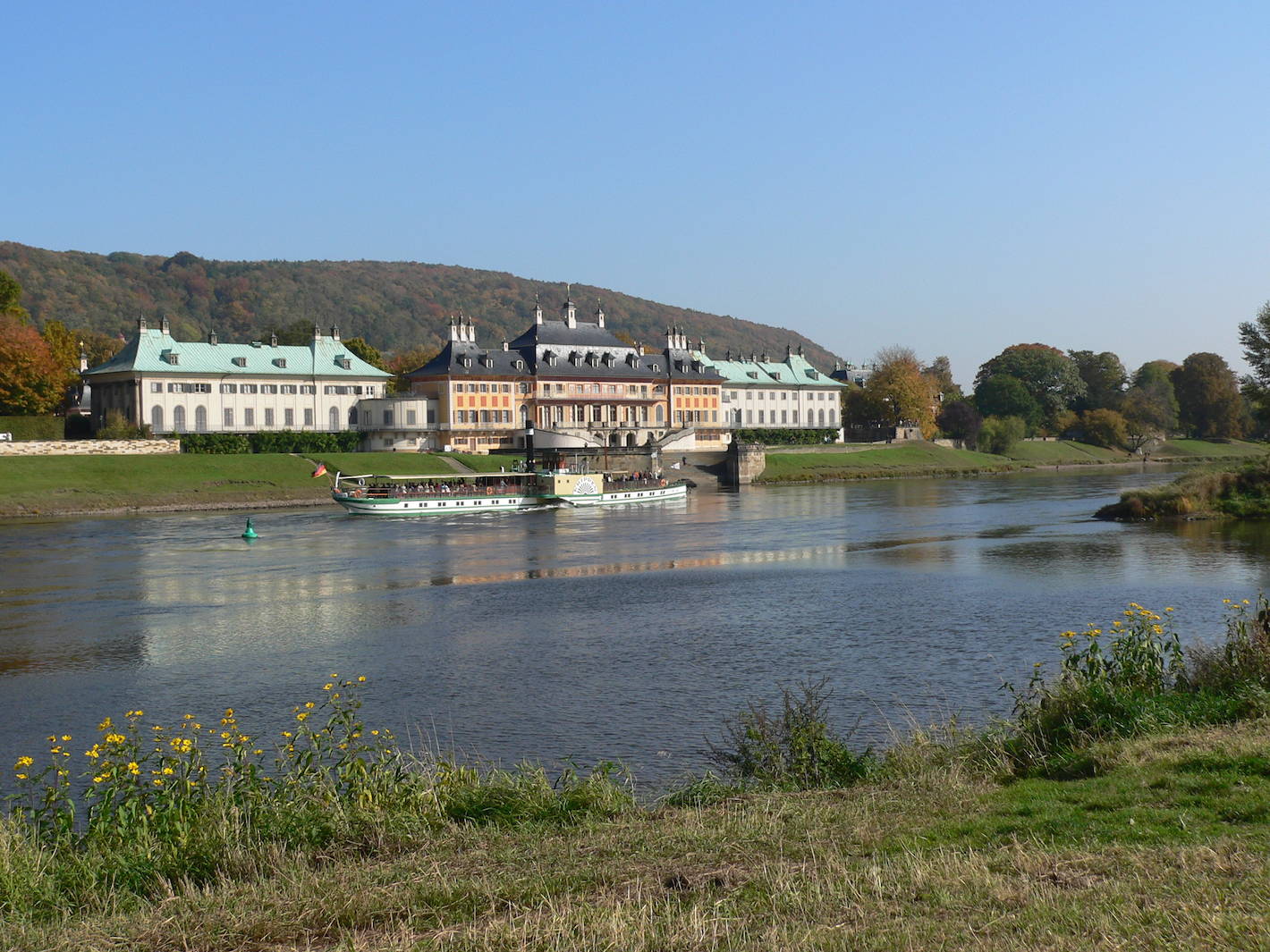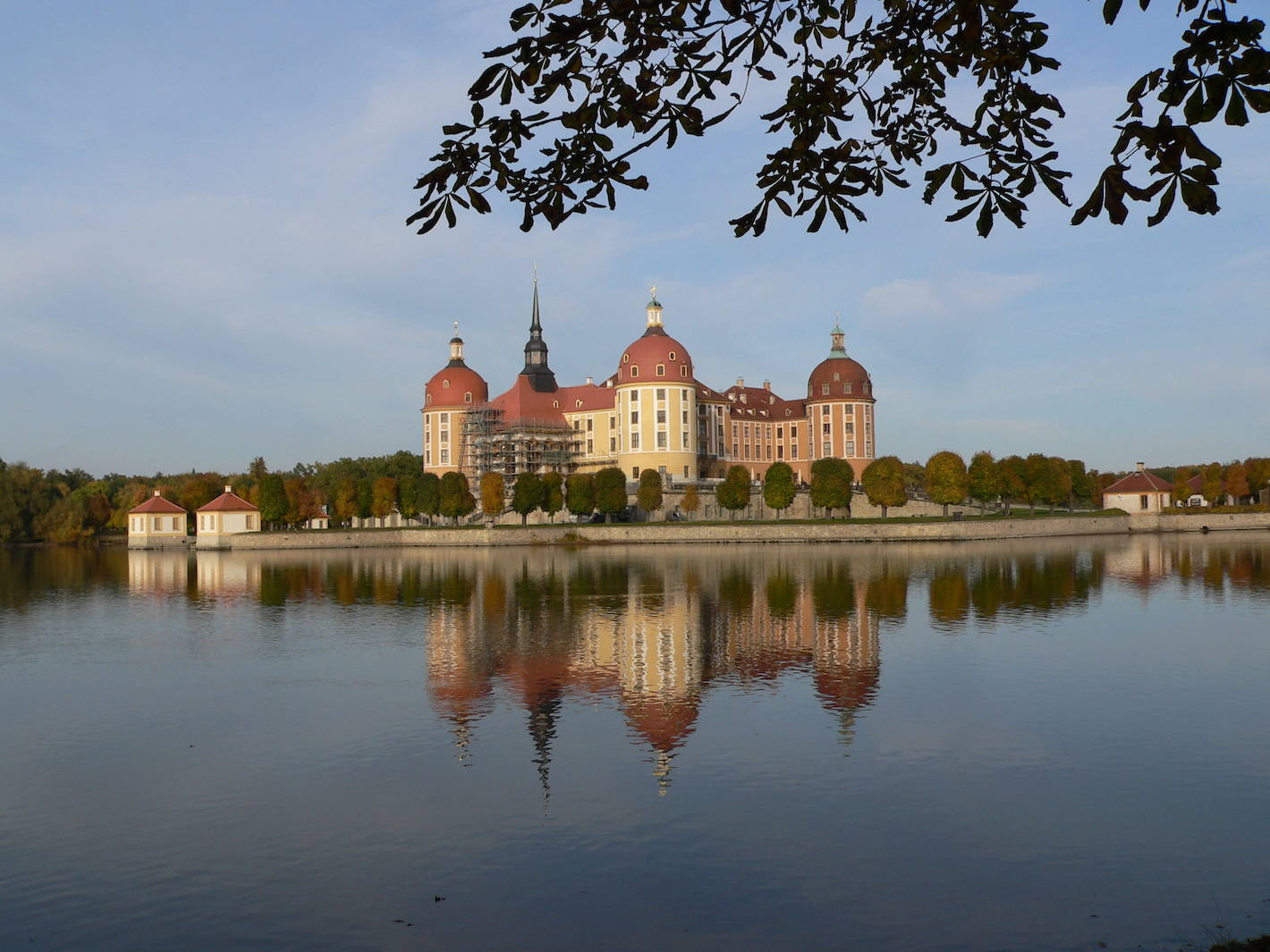Nature
After so many party nights and many meals in restaurants, we might be tired of seeing a lot of people and our wallets need a break... no problem! There are many outdoor activities around Dresden and we don't have to be a trained athlete or extreme sportsman to enjoy nature here. Our town has many parks and green spaces and, due its location in the Elbe valley, is surrounded by natural beauties.
So here's one recommended outdoor activity per day for a whole week:
Monday - A bike ride along the Elbe.
The Elbe Cycle Route is part of an international network of cycling routes throughout Europe. It is the most popular route for cyclists in Germany. The Elbe Cycle Route starts in Špindlerův Mlýn (Spindlers Mühle) in the Czech Republic and it then runs for about 1220 km until it ends in Cuxhaven on the North Sea, in Germany. The route around Dresden is flat and very easy to ride.
If you have at least half a day at your disposal, you can cycle along the Elbe from Dresden to Meissen. The round trip takes about 5 hours in total and offers beautiful views of orchards, farming villages and hillside vineyards. (If that's too far for you, you can also take the S-Bahn from Meißen to Dresden on the way back).
If you are lazy or short on time, you can take the shortened route to Loschwitz Bridge, also known as the "Blue Wonder", to admire this architectural marvel from the late 19th century and perhaps sit down for a beer in the Schillergarten. It was the famous German author Friedrich Schiller's favourite beer garden during his stay in Dresden.

Tuesday - A walk through the Grosser Garten
The Grosser Garten is a park of baroque style and is, with its area of about 1.8 square kilometres, the largest and most beautiful park in the city. Here we find open-air theatres, a gondola pond as well as restaurants and beer gardens. The Zoo and the Botanical Garden are also part of this green space. The park railway, a Lilliput train run only by children, is running since 1950. It offers a circuit of several kilometres (a 30min ride in total) through the Great Garden. If we want to admire flowers, animals and baroque sculptures without leaving the city, this is the place for us!

Wednesday - Hiking in the Dresden Heath
The approximately 50 km² forest area of the Dresdner Heide in the north of the city take up about 21% of the city area. It is the green lung of our town and has great recreational value for the locals. Since 1969, the Dresdner Heide has the status of a protected landscape area.
Several hiking trails lead for example to the Haarweiden reservoir, where you can picnick with friends and family at a small hut, fully equipped with tables and benches.
Another popular hike, ideal for young and old, is the hike to the Silver Lake. The pond first got the name "Silver Lake" when sand was mined in the area and the children from the Klotzsche area performed Indian games in the slopes and ravines created by the mining. So they simply called the water area there "Silver Lake", loosely based on Karl May's well-known tale "The Treasure in Silver Lake". The lake has been dredged and desilted several times. Incidentally, there was also a light railway with two steam locomotives there at the time. The narrow passage under the long-distance railway tracks that still exists today was used to transport the sand masses by light railway to Königsbrücker Landstraße and to load them on the railway.
For the more athletic mountain bikers, we recommend the Seven Bridges Trail, a mountain bike single trail. If you are technically experienced and like to ride off the forest highway, you will also have a lot of fun on the narrow, winding trail on a cross or gravel bike.
Thursday - Time travel at Pillnitz Palace
Pillnitz Palace, dating from the 18th century, is situated on the Elbe and consists of three building parts: The Wasserpalais, located on the Elbe, the Bergpalais, facing the hillside, and the Neues Palais, connecting them on the east side. The Baroque garden enclosed by the buildings is complemented by a surrounding palace park. Pillnitz Palace is an example of 18th century Chinese fashion. Today, the Neues Palais houses the Pillnitz Palace Museum, while the Berg- und Wasserpalais houses the Dresden State Art Collections' Museum of Decorative Arts. If we are not interested in visiting the museums, we can also only enter the park, which is large and full of hidden treasures. Among the various sights is a beautiful palm house.

Friday - Relaxing among the vines in Radebeul
A walk through the vineyards, a stop at one of the many small but fine local wineries, a glass of wine in the countryside...You don't have to get on a plane and go to Tuscany to enjoy certain landscapes and certain sensations: the hills of Radebeul offer us all that and much more!
If too much wine hasn't dulled our senses, we can also visit the Karl May Museum, set up in his Italian Renaissance-style home, the "Villa Shatterhand", which contains artefacts from his life on the American frontier at the turn of the 19th and 20th centuries.
Another museum worth visiting in the area is the Museum of Lies (or Lüseum), a free flight of the imagination for the whole family.
Saturday - Carriage ride through the park of Moritzburg Castle
Moritzburg Castle is a Baroque palace 15 kilometres from Dresden that was commissioned by Augustus the Strong to be built between 1723 and 1733 on top of a pre-existing hunting lodge. The castle, which can be reached via a 5 km long avenue, is embedded in a park and is located on a small island in the middle of an artificial small lake. The building houses, among other things, a Baroque museum and the Saxon Horse Stables. The castle is also famous for the fact that scenes from "Three Hazelnuts for Cinderella", a fairytale film between Czechoslovakia and the GDR based on the fairytale of the same name by Božena Němcová and Grimm's Cinderella in the 1819 version, were filmed here. It is precisely because of this fairytale atmosphere that the castle and its nature park are particularly well suited for a romantic carriage ride. Alternatively, the park can be explored on foot or by bicycle.

Sunday - Hiking, climbing and staircases in Saxon Switzerland
Whether with family, friends or on your own, the National Park Saxon Switzerland offers a variety of ways to experience its unique nature: sandstone cliffs, primeval forests, castles and romantic suspension bridges make this area a magical place that everyone can enjoy.
The nature park, birthplace of free climbing, offers more than 400 kilometres of trails and hiking paths and more than 700 climbable rocks.
Moreover, stairs are a speciality of the Elbe Sandstone Mountains: steep passages of hiking trails that have to be mastered via wooden or metal steps. Originally more of a means to an end, they have long since become one of the region's very own tourist attractions. There are staircases of all difficulties - from family-friendly scrambling fun to a real test of courage.
The best-known tours include the Schrammsteine ladder and bridge tour, the ascent of the Lilienstein or Königstein Fortress, or the very popular tour to the Bastei Bridge and the medieval village of Felsenburg Neurathen.


